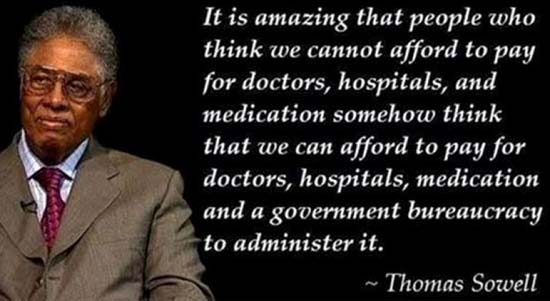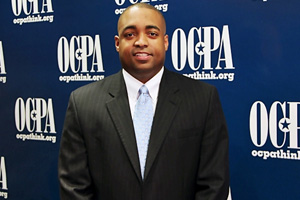When Medicaid expansion was sold to Oklahoma voters, proponents declared it a no-pain-all-gain proposition. “Free” federal money would rain from the skies and the health of Oklahomans would be restored statewide.
Now some of those proponents are singing a different tune. Working families should pay attention, because they are the most likely to be negatively impacted.
Under Medicaid expansion authorized by the Affordable Care Act (“Obamacare”), many able-bodied adults were added to the medical-welfare program. State government will eventually cover at least 10 percent of cost.
The state share was dismissed as a trifle, and voters were urged to ignore the fact that they pay federal taxes as well as state taxes every year, meaning they are on the hook for 100 percent of the program’s cost.
In contrast, we at the Oklahoma Council of Public Affairs, along with other critics, long warned the state share of expansion costs could become a significant financial strain and that citizens’ health outcomes are unlikely to change dramatically due to Medicaid expansion.
It’s too early to rate health outcomes since Medicaid expansion has been in place less than a year, but warning signals are already flashing when it comes to fiscal policy. The costs of Oklahoma’s Medicaid program continue to explode.
At a recent budget hearing, Oklahoma Health Care Authority (OHCA) officials listed “sustainable funding for expansion population” as one of the agency’s major challenges. The OHCA director noted the cost of Medicaid is already on an alarming fiscal trajectory. Since 2017, the total cost of the program has surged from $5.5 billion to $8 billion, an increase of 45 percent in just five years. The per-person cost of Medicaid enrollees increased from $4,831 per person in 2020 to a predicted $5,385 in the coming state budget year.
Just as notably, if not more so, those who advocated for expansion are suddenly having second thoughts when it comes to paying for expansion.
Oklahoma lawmakers have devoted $164 million in state appropriations to cover the annual state share of expected Medicaid-expansion costs. Most of that money comes from an increase in the Supplemental Hospital Offset Payment Program (SHOPP), a state fee assessed on some hospitals’ revenue.
Hospital officials have long endorsed both Medicaid expansion and the SHOPP fee.
But hospital officials recently did an about-face and announced they no longer want to pay the SHOPP fee for Medicaid. Instead, they called for redirecting other tax revenue to Medicaid, which would require, indirectly, reducing funding to other areas of government.
It seems hospital officials still want extra payments from Medicaid expansion. But they are no longer willing to foot any part of the bill.
That’s a red flag for working families. The same big-box hospitals that overcharge citizens for routine medical care may soon be “helping” politicians find a way to better pick the average Oklahoma taxpayer’s pocket.
About the author: Jonathan Small serves as president of the Oklahoma Council of Public Affairs.





